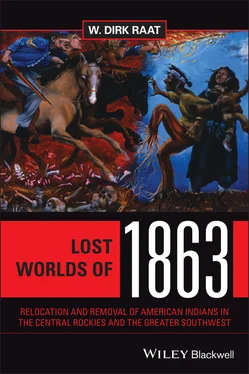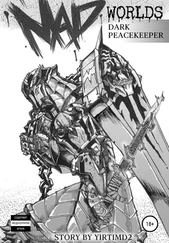Like their eastern cousins, the Western Shoshone of southern Nevada—individuals, nuclear, and extended families—moved freely between communities and tribelets, which, again like the Shoshone, named their subgroups after food sources. For example, the Kuyui Pah (Pyramid Lake) Paiutes were known as Kuyuidokado or Cui-Ui Ticutta (kuyui eaters). The kuyui (or cui-ui) is a bottom feeder sucker ancient to, and found only in, Pyramid Lake and sacred to the Numu. Likewise, the Carson City Paiutes were known as “tule eaters,” while the Mono Indians of California were “brine fly eaters.” 14
The Owens Valley Paiutes were unique in that from at least the beginning of the nineteenth century (and maybe dating from aboriginal times) they were practicing irrigation that was, as one source described it, “simply ‘an artificial reproduction of natural conditions’ existing in the swampy lowlands of Owens Valley.” 15The practice continued until the forced exodus of the Owens Valley people to Fort Tejon in 1863 and the subsequent depopulation of the area. Communal labor was utilized to construct and maintain check damns and feeder ditches that directed the spring runoff to swampy grounds where yellow nut-grass and other bulbous plants were harvested by Indian farmers using digging sticks in the fall. As anthropologists Sven Liljeblad and Catherine Fowler have noted, “At the time of European contact, artificial irrigation of wild crops in Owens Valley was an integral part of communal activity and an essential feature of traditional village organization.” 16As several scholars have observed, the Owens Valley group is the best example in North America of a group that developed its own system of “vegeculture.” 17
Politically, the Paiute subgroups and bands were led by headmen or head speakers, usually referred to by outsiders as “chiefs.” Ordinarily, the main leadership positions were chosen by consensus or election by a small group of Paiute elders, and most often the speaker was a hereditary leader. Apart from the headman, other lesser but important roles included those of shaman (who could be either male or female), rabbit boss, mediator, and spokesman or spokeswoman.
One of the more important “chiefs” of the Northern Paiutes was Captain Truckee of Pyramid Lake. He was well known to emigrant parties since Truckee often served as their guide through the Sierra Mountains to California. The emigrants even named the Truckee River after him. At one time he joined John C. Fremont in the Bear Flag Revolt of 1846. When he died in the fall of 1860 his son, Winnemucca (“Old Winnemucca,” not to be confused with his nephew Numaga, “Young Winnemucca”), followed his father’s policy of maintaining friendship and peace with the taibo or white man (see Figure 2.1). Winnemucca left Pyramid Lake in 1865 after the Mud Lake massacre, traveled to the mountains in Oregon, and never returned to Pyramid Lake. He died in 1882. His daughter, Sarah Winnemucca (Thocmetony), became an important mediator and translator for the Paiute people and championed their cause throughout her life (see Figures 2.2 and 2.3). 18
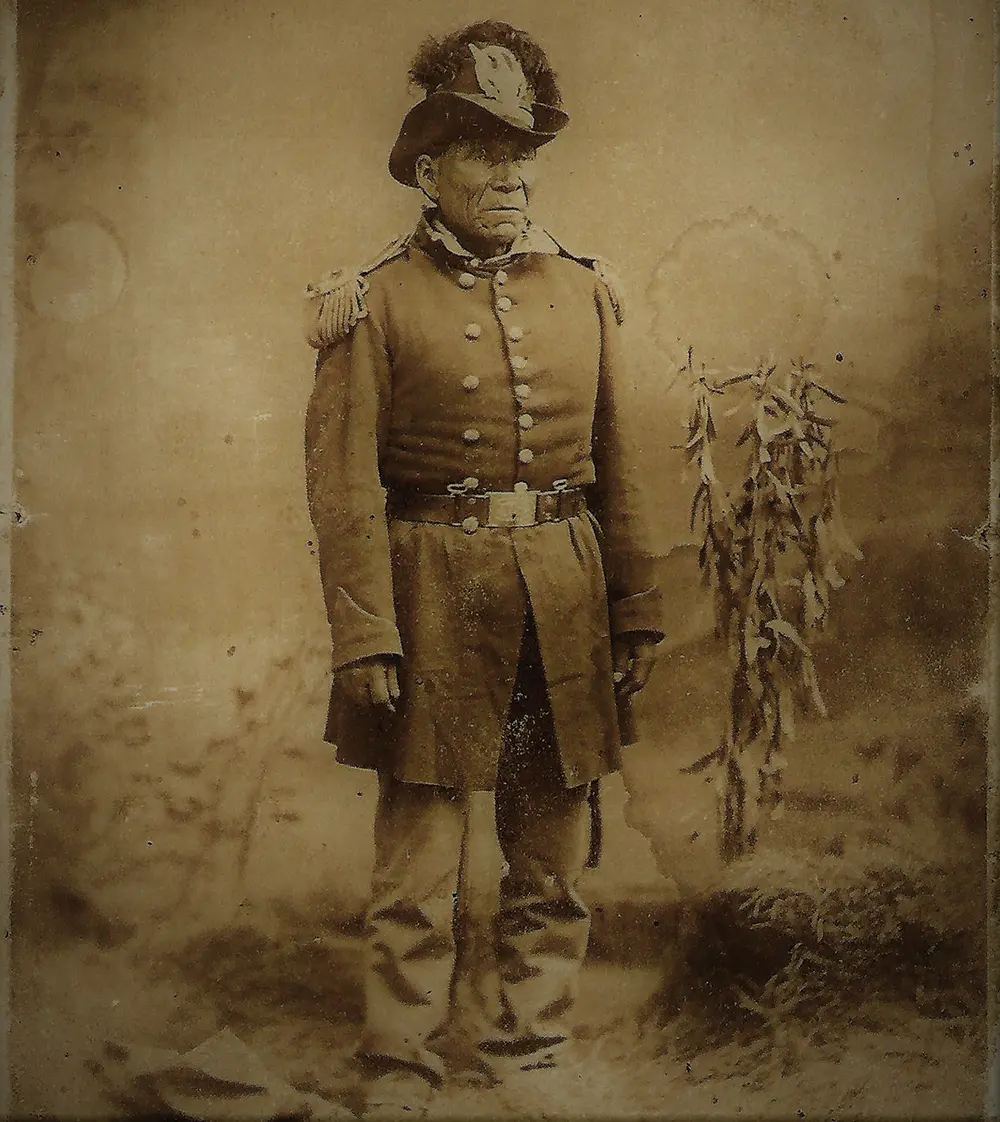
Figure 2.1 Chief Winnemucca (or Old Winnemucca), ca. 1870 . Noe and Lee Studio, Virginia City, Nevada.
Courtesy of the Nevada Historical Society.
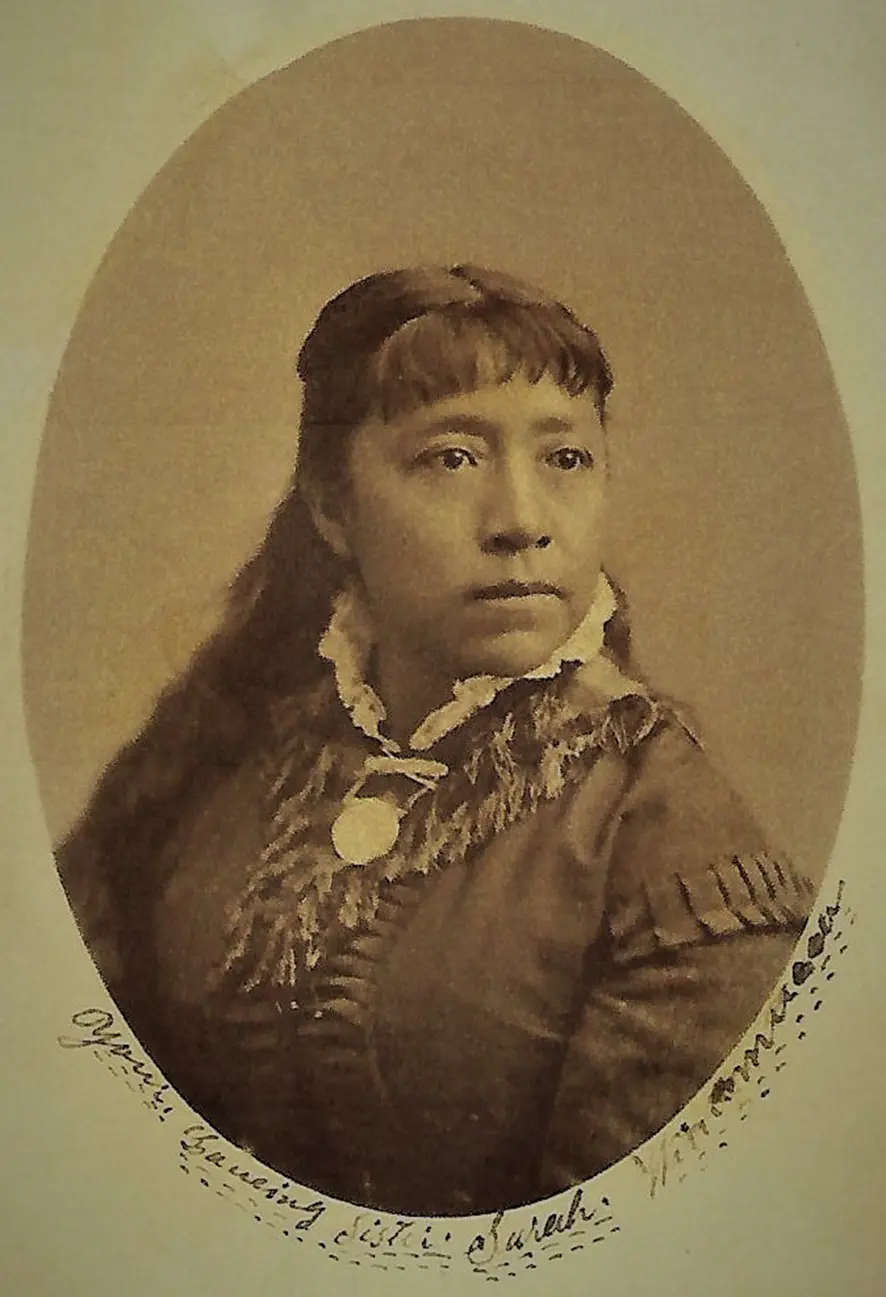
Figure 2.2 Sarah Winnemucca (Thocmetony) . Numu/Northern Paiute.
Courtesy of Nevada Historical Society.
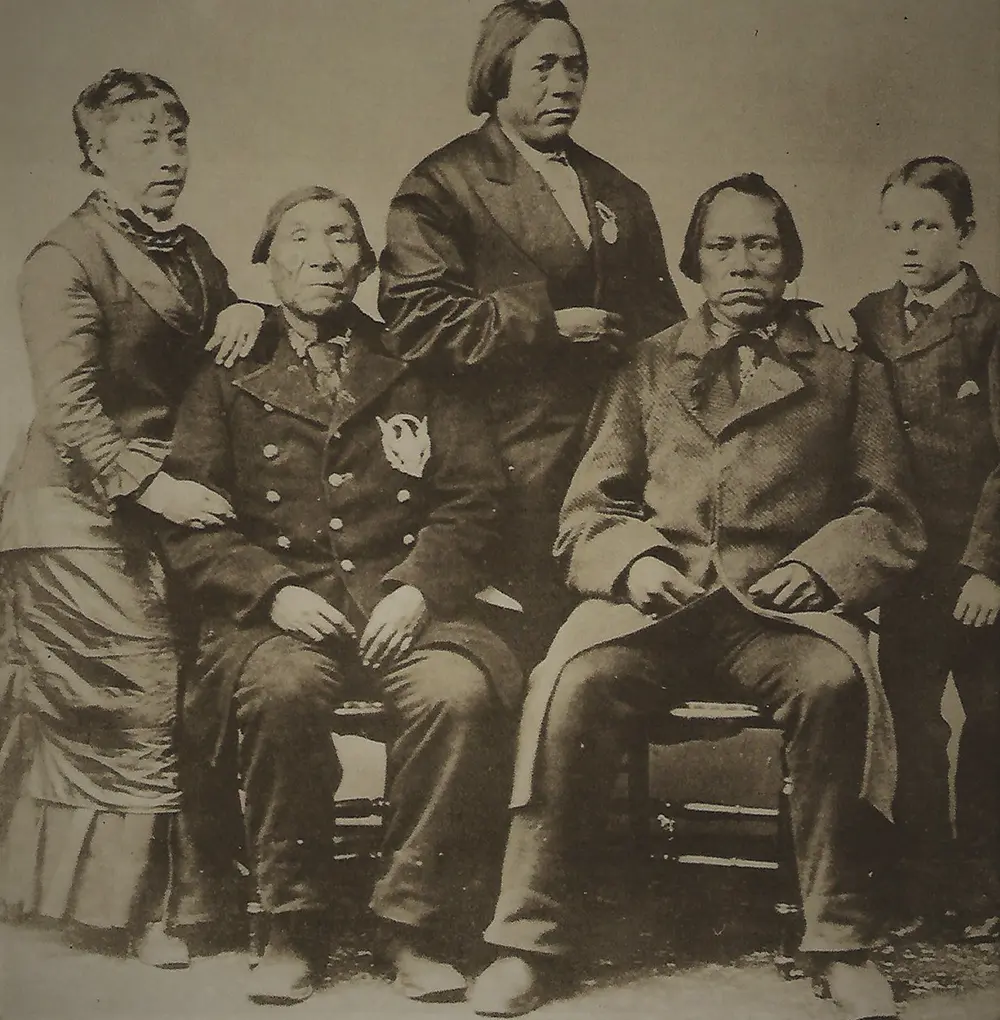
Figure 2.3 The Winnemucca Family: Sarah Winnemucca (Thocmetony), Old Chief Winnemucca, Sarah’s brother, Natches (Natchez or “boy”), Captain Jim (Pyramid Lake Chieftain), and unidentified boy . The youngster was identified by Joe Ely, Historian of the Intertribal Council of Nevada as Ed Winnemucca, adopted by Sarah. She found him abandoned in a barn during an Indian war. Photo likely taken in Washington, D.C. in 1880. Information by Catherine Magee, Director, Nevada Historical Society.
Like the Apache and Navajo, an important ritual for the Paiute was the menarche or puberty rite. After her first menstrual period, the young girl would be isolated for four days in a special hut built by the girl’s mother. During this time she would take cold baths, undergo steaming in a pit, and avoid all the taboos against drinking cold drinks, touching her hair or face, and eating animal food and eggs. Again, like the Apache Sunrise Ceremony, she could only scratch her head with a stick and not with her fingers. She would run in the direction of the sunrise in the morning and sunset in the evening. On the morning of the fifth day the ceremony would close with a cold water bath. At subsequent menses she would use the head scratcher, avoid men, and wash her entire body. Akin to puberty rites elsewhere, the ceremonies and rituals were as important for the community as for the individual. 19
The Paiutes had several creation stories that told about the beginning of the earth, the formation of Paiutes and mankind in general, the origin of death, and resurrection after defeat and death. The hero Wolf (known as Tap or U’nűpi in Owens Valley, or “Isha” for the Pyramid Lake peoples) was lonely, so he made Coyote (“Itsa” for Pyramid Lake Paiutes) and they paddled around the entire flooded world. Since they had no earth to run back and forth on, Wolf took some dirt and placed it in the water, where it continued to spread and grow larger until the earth became as it is today. 20
The origin of Paiutes and mankind occurred after Korawini, the beautiful woman who lived in Long Valley north of Owens Valley, killed all the men in the world who loved her but Coyote. She had killed them by biting them with her vagina teeth ( vagina dentata) during intercourse. Coyote fooled her by changing his penis into a brush that was used to rip her vagina teeth out, and Korawini became pregnant. Eventually, she gave birth to all mankind’s children, including the Paiute offspring of Coyote. 21In one rendition the first children consisted of sons and a daughter. The boys as they grew up continued to fight each other so they were sent away. After the dissidents were sent off, Coyote married his daughter who then gave birth to humanity. In a later version the exiled children became the Pit Indians of Northern California, the Bannocks in Idaho, and the Owens Valley Paiutes. 22
Concerning the birth of death, Coyote and Wolf were arguing. Wolf laid down the rule that the human being must have two deaths. Coyote said, “No, there ought to be only one death so that when a man dies he shall stay dead and, if he is your brother or cousin, you can marry his wife.” This is the reason there is only one death. 23In mourning the death of a loved one contemporary practice includes the “Cry Dance” and burning the possessions of the deceased whose name is not uttered by those who knew him or her. 24
As for resurrection, in one story Isha the hero Wolf was killed in battle only to be brought back to life by his brother Itsa the Coyote who had retrieved his dead brother’s scalp from the enemy and brought it home where Isha once again reappeared. 25Another ceremonial dance that assures subsistence and life to the participants is the “Round Dance,” a dance that was performed during fishing season, before the pine-nut harvest, and prior to the fall rabbit drives. This is the dance that Wovoka urged his “Ghost Dance” followers to perform so as to resurrect an indigenous heaven. 26
Читать дальше
